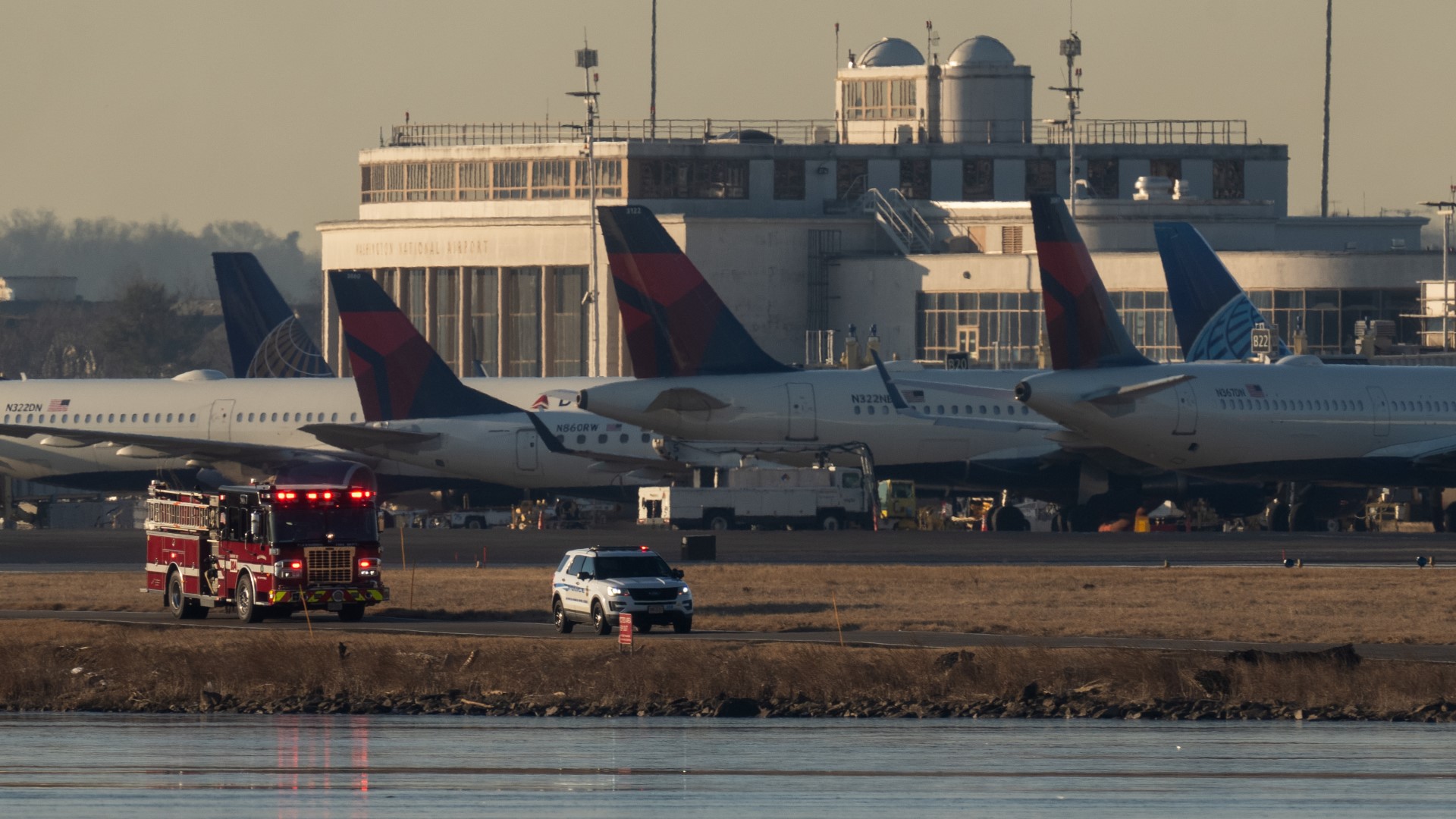 More than 100 NHL players are competing at the 2014 Winter Olympics in Sochi, but the men’s hockey tournament will use the International Ice Hockey Federation rulebook.
More than 100 NHL players are competing at the 2014 Winter Olympics in Sochi, but the men’s hockey tournament will use the International Ice Hockey Federation rulebook.
Fans will quickly notice that some of the rules in international tournaments are different from the NHL’s, including the dimensions of the ice, how games are determined in overtime and what equipment is required.
Check out some of the notable rule differences between NHL and Olympic competition below.
Ice Size
- The neutral zone is 58 feet long, eight feet longer than NHL rinks
- The attacking zones are six feet shorter than NHL rinks
- There is an additional foot between the end boards and the goal line in Sochi
- Sochi’s ice is 15 feet wider than NHL rinks, but the length is the same (200 feet)
Trapezoid
Unlike the NHL, there is no trapezoid-shaped restricted area below the goal lines, which means goaltenders are allowed to play the puck anywhere on the ice.
Faceoffs
Starting this season, NHL players are not allowed to use their hands to win draws, a rule that’s enforced with a two-minute minor penalty. In the Olympics, referees will whistle play dead and drop the puck again if a player uses his hands. No penalty is assessed.
Olympic rules state that the player on the attacking team puts his stick on the ice first. For example, if Canada’s Jonathan Toews is taking a defensive-zone faceoff against Ryan Kesler, the American center has to put his stick down first.
The visiting team’s player always puts his stick down first in any zone during NHL play.
Icing
The Olympics will use the no-touch icing system. Icing will be whistled as soon as the puck crosses the opposite goal line, regardless of where players are on the ice.
The NHL switched to a hybrid icing format for the 2013-14 season.
Penalty Shots
When a team is awarded a penalty shot at the Olympics, the head coach can choose any player who was on the ice at the time of the call to take the shot. In the NHL, only the person who draws the penalty shot is allowed to shoot unless he’s injured.
Fighting
Fighting is banned at the Olympics and results in a five-minute major penalty and a game misconduct.
Player Equipment
Players must wear visors during the Olympics. This will be an adjustment for NHL veterans who haven’t worn one since junior hockey. Players must wear a helmet at all times and need to exit the playing surface if it comes off during play. In the NHL, players are allowed to finish a shift if their helmet comes off.
Overtime/Shootout
All preliminary-round games that are tied after 60 minutes go to a five-minute 4-on-4 overtime, and if there’s no score at the end of that extra period, the game ends in a shootout. In playoff rounds, games that don’t end in the 10-minute 4-on-4 sudden-death overtime period are decided in a shootout. In the gold medal game, a 20-minute 4-on-4 overtime takes place before a shootout determines a winner.
Photo via Twitter/@YouthHockeyHub



